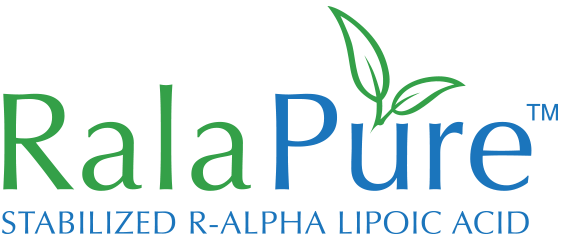Benefits for Cataracts and Glaucoma

Cataracts: Cataracts are clumps of protein that collect on the lens of an eye and interfere with vision. Normally, light passes through the lens (the clear tissue behind the pupil) and focuses on the retina. The retina is the light-sensitive layer of the eye that sends visual signals to the brain. A cataract occurs when the normally clear lens becomes cloudy. Most cataracts develop slowly over time and are a natural result of aging.
Cataracts and Alpha Lipoic Acid
It is believed that antioxidants may protect the lens against damage caused by free radicals. It is also thought that ALA’s ability to encourage the production of the antioxidant glutathione would help to protect our eyes from developing cataracts. The following study helps to demonstrate this.
In this experiment, one group of newborn rats was given a drug called (BSO) that inhibits production of glutothione. Another group of newborn rats were given BSO along with an injection of lipoic acid. Newborn rats do not open their eyes until the 6th week of life, but from past experiments it was known that when these glutathione-deprived rats did open their eyes, they would all have cataracts. Would lipoic acid protect against cataracts caused by glutathione deficiency? At the end of the 6 weeks all of the rats that were given just the BSO developed cataracts. Yet almost all of the rats that were also given lipoic acid supplementation had remained cataract free. Further testing showed glutathione levels were much higher in eye lens of the rats treated with lipoic acid but severely depleted in those that were not treated with lipoic acid. Maitra et al (1) suggest alpha-lipoic acid’s protective effect for BSO-induced cataract formation is probably due to its protective effects on lens antioxidants. The lens antioxidants glutathione, ascorbate, and vitamin E were depleted to 45, 62, and 23% of control levels, respectively, by BSO treatment, but were maintained at 84-97% of control levels when R-alpha-lipoic acid was administered.
Ou P, Nourooz-Zadeh J, Tritschler HJ, Wolff SP. Activation of aldose reductase in rat lens and metal-ion chelation by aldose reductase inhibitors and lipoic acid. Free Radic Res 1996;25:337-346)
Glaucoma: Glaucoma is a slowly progressing disease that causes damage to the eye’s optic nerve and can result in blindness. Open-angle glaucoma, the most common form of the disease, affects about three million Americans. It is the leading cause of blindness for African-Americans. Because there are usually no symptoms at first, half of the people with this disease don’t know they have it. With early treatment, serious vision loss and blindness can usually be prevented.

Glaucoma and Alpha Lipoic Acid
A clear fluid flows in and out of the space at the front of the eye, nourishing nearby tissues. Glaucoma causes the fluid to pass through too slowly or to stop draining altogether. As the fluid builds up, the pressure inside the eye increases, causing damage to the optic nerve and vision loss.
Glaucoma and Alpha Lipoic Acid – Forty-five patients with stage I and II open-angle glaucoma (OAG) were administered either 75 mg of alpha-lipoic acid for 2 months or 150 mg for 1 month. A control group of 31 patients with OAG were administered only local hypotensive therapy. The greatest improvement of biochemical parameters (gamma-glutamyl transpeptidase and non-protein SH-groups), visual function, and the coefficient of efficacy of liquid discharge was observed in the patients administered the higher dose of alpha-lipoic acid. Preliminary evidence indicates that 150 mg of alpha lipoic acid, taken daily for one month, significantly improves visual function in people with glaucoma.*
* Filina AA, Davydova NG, Endrikhovskii SN, et al. Lipoic acid as a means of metabolic therapy of open-angle glaucoma. Vestn Oftalmol 1995;111:6-8.










